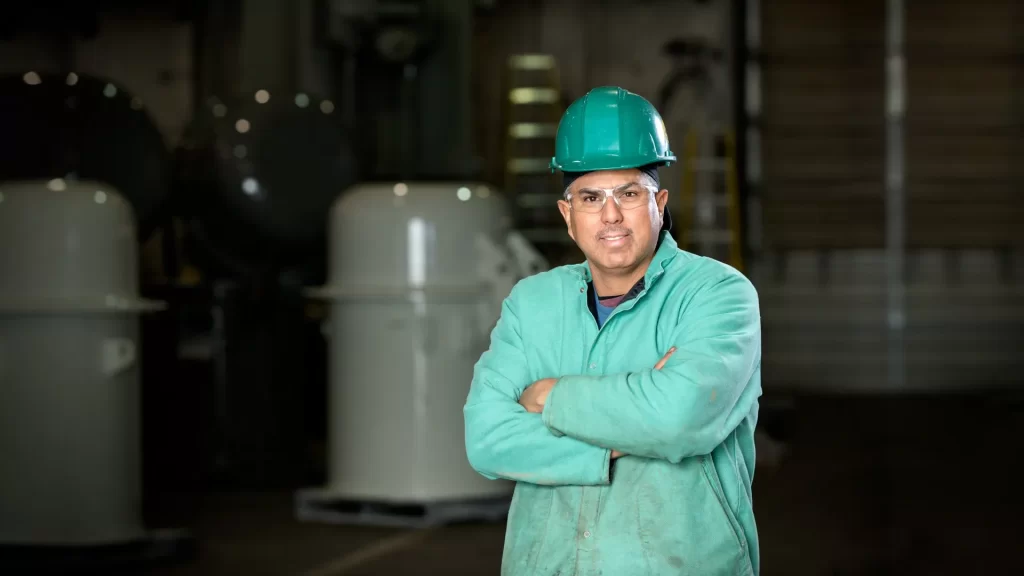Choosing the right dust collector for your industry is a crucial decision that can significantly impact your operation’s efficiency, safety, and regulatory compliance. Dust collectors play a vital role in managing air quality, protecting workers, and maintaining equipment in industries ranging from woodworking and metalworking to pharmaceuticals and food processing. Here are key factors to consider when selecting the right dust collector for your needs.
Type of Dust
The first factor to consider is the type of dust your industry generates. Different dust collectors are designed to handle various types of dust, such as fine powders, coarse particles, or fibrous materials. Understanding the nature of the dust whether it is combustible, toxic, sticky, or abrasive will guide you in choosing a system with the appropriate filters, construction materials, and safety features. For instance, industries dealing with combustible dust must opt for collectors equipped with explosion protection systems and go to this site www.tysum.com.

Airflow and Volume Requirements
Determining the airflow measured in cubic feet per minute, or CFM and the volume of dust your operation produces is essential. The size and capacity of the dust collector must match your operational needs. A system that is too small will be overwhelmed and ineffective, while an oversized system can lead to unnecessary energy consumption and higher operational costs. Conducting a thorough analysis of your process and machinery will help in accurately estimating these requirements.
Filtration Efficiency
The filtration efficiency of a dust collector is critical for maintaining air quality and complying with environmental regulations. Different applications may require different levels of filtration. For example, HEPA filters are necessary for industries needing to capture sub-micron particles, such as in pharmaceutical or electronic manufacturing. Evaluate the efficiency ratings of the filters e.g., MERV ratings and ensure they meet the specific needs of your industry to protect both employees and the environment.
Maintenance and Operating Costs
Consider the maintenance requirements and operating costs of the dust collector. Some systems may have lower initial costs but higher long-term maintenance needs due to frequent filter replacements or complex cleaning processes. Automated cleaning systems, such as pulse-jet or shaker cleaning, can reduce downtime and labor costs. Additionally, energy-efficient models can lower operational expenses. Assessing the total cost of ownership over the lifespan of the equipment will provide a clearer picture of the most cost-effective solution.
Space and Layout Constraints
The physical space available in your facility and the layout of your production lines will influence your choice of dust collector. Space constraints may necessitate compact or modular units that can be easily integrated into existing systems and how does osha enforce its standards. Conversely, facilities with ample space might benefit from larger, centralized systems that serve multiple collection points. Ensure the chosen system can be installed and maintained without disrupting your operations.
Selecting the right dust collector is a multifaceted decision that requires careful consideration of various factors specific to your industry. By understanding the type of dust generated, accurately determining airflow and volume needs, evaluating filtration efficiency, considering maintenance and operating costs, accommodating space constraints, ensuring regulatory compliance, and choosing a supportive vendor, you can identify a dust collection solution that enhances productivity, safeguards health, and complies with environmental standards.